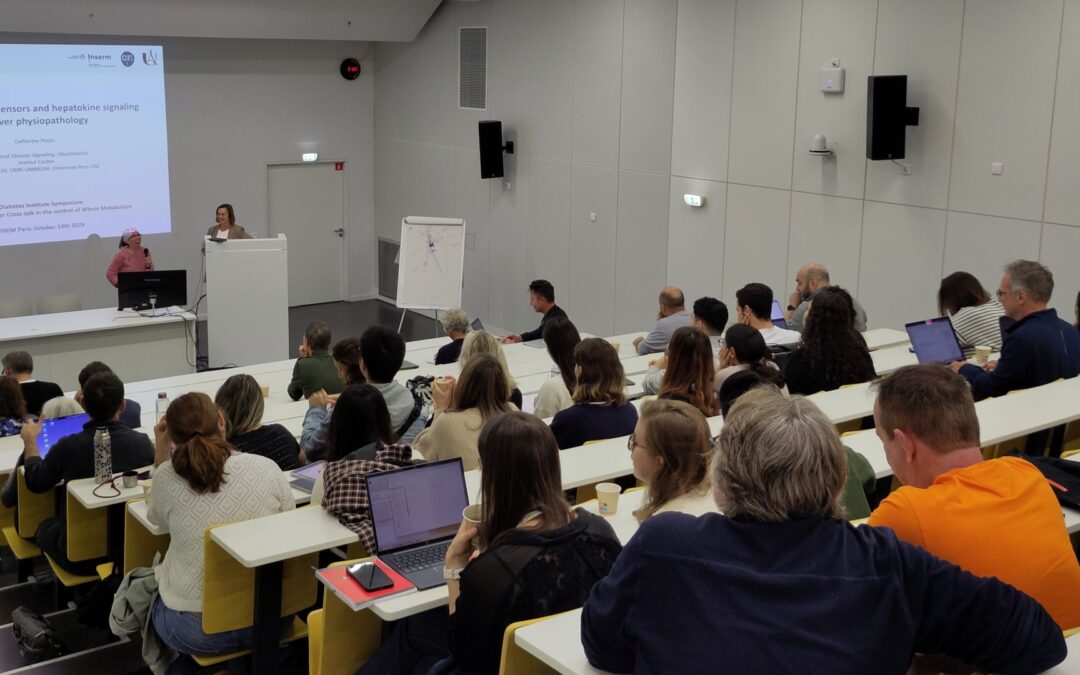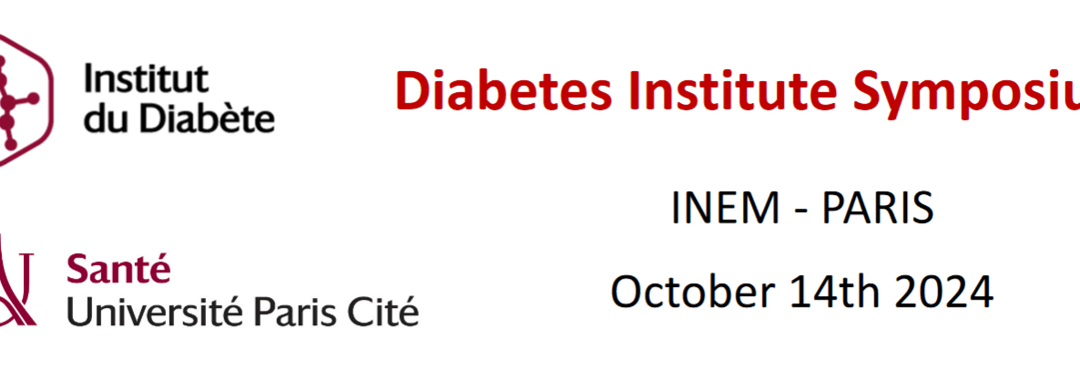Mireia Montaner, Jessica Denom, Wanqing Jiang, Christophe Magnan, Stefan Trapp, Hirac Gurden
A. Schematic illustration of viral delivery in the OB and subsequent protocol performed to assess odor-induced CPIR in PPG-shRNA RD mice. Yellow circle represents peanut butter (PB) odor inside a tea ball. Brown circle represents the PB-odorized cookie.
B. Schematic illustration of the buried food test (BFT) combined with pharmacological injections (Ex4, Ex9) in the OB of RD and WD mice.
open access article under the CC BY license
ABSTRACT
Objective:
The olfactory bulb (OB) codes for sensory information and contributes to the control of energy metabolism by regulating foraging and cephalic phase responses. Mitral cells are the main output neurons of the OB. The glucagon-like peptide-1 (GLP-1)/GLP-1 receptor (GLP-1R) system in the OB (GLP-1 OB ) has been shown to be a major regulator of mitral cell activity but its function in vivo is unclear. Therefore, we investigated the role of GLP-1 OB in foraging behavior and odor-evoked Cephalic Phase Insulin Release (CPIR).
Methods and results:
By fluorescent labeling, we confirmed the presence of GLP-1 producing neurons and the expression of GLP-1R in the mouse OB. In response to food odor presentation, we collected blood, quantified plasma insulin by ELISA and showed the existence of an odor-evoked CPIR in lean mice but its absence in obese animals. Expression of shRNA against preproglucagon mRNA in the OB resulted in blunted CPIR in lean mice. Injecting Exendin (9-39), a GLP-1R antagonist, into the OB of lean mice also resulted in decreased CPIR. Since parasympathetic cholinergic input to the pancreas is known to be partly responsible for CPIR, we systemically administered the muscarinic M3 receptor antagonist 4-DAMP which resulted in a reduced odor-evoked CPIR. Finally, local injection of Exendin (9-39) in the OB extinguished olfactory foraging in lean mice whereas the injection of the GLP-1R agonist Exendin-4 rescued the loss of foraging behavior in obese mice.
Conclusions:
Our results demonstrate that GLP-1OB controls olfactory foraging and is required for odor-evoked CPIR. We describe a new crucial brain function for GLP-1 and GLP-1R expressed within the brain.
Highlights
• The GLP-1/GLP-1R system in the OB promotes odor-evoked cephalic phase insulin release.
• Obese mice lack odor-evoked CPIR.
• Antagonizing GLP-1R by exendin-9 in the OB of lean mice inhibits CPIR.
• Odor-evoked CPIR requires the activation of M3 muscarinic receptors.
• GLP-1R in the OB controls olfactory-driven foraging.
Learn more about this article

Post Doctoral Position
Fully funded 2-year Post-doctoral position in the team of Dr. Ralf JOCKERS, at Institute Cochin

2024 Scientific Annual Day of the Diabetes institute
On Monday, October 14th, the annual Diabetes Institute Scientific Day took place, bringing together around 100 participants at the INEM. Opening of the Annual Scientific Day of the Diabetes Institute Maude LE GALL - Co-Director of the institute (left) Catherine POSTIC...

Diabetes Institute scientific day
The overall goal of this Diabetes Institute scientific day is to provide the most important and up-to-date research in the field of metabolism made at University Paris Cité. The workshop will focus on understanding the recent progress in adipose tissue and liver biology including metabolic and inflammatory processes in the control of the energy homeostasis. Special emphasis will be done to highlight the importance of the organ crosstalk and how signaling pathways in one tissue could affect the metabolism in other tissue.

Les jeunes de l’IHM seront à l’EASD
L’IHM Diabète est heureux d’aider les jeunes à participer à l’EASD en leur attribuant une bourse de 1000€
Rendez-vous en Septembre à Madrid !

